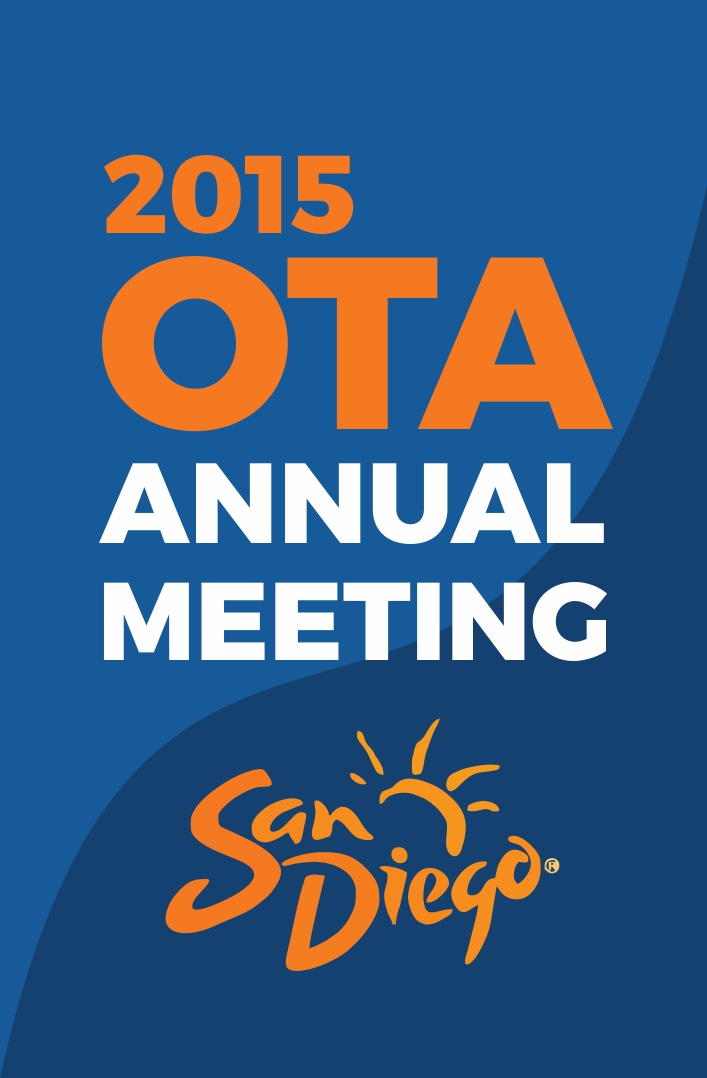
OTA 2015: Fibular nail comparable to plate and screw fixation in ankle fracture treatment

OTA 2015: Fibular nail comparable to plate and screw fixation in ankle fracture treatment
A Prospective, Randomized Controlled Trial Comparing the Fibular Nail versus Standard ORIF for Fixation of Ankle Fractures in Patients Under 65 Years of Age
Did you know you're eligible to earn 0.5 CME credits for reading this report? Click Here
CONFERENCE ACE REPORTS
This ACE Report is a summary of a conference presentation or abstract. The information provided has limited the ability to provide an accurate assessment of the risk of bias or the overall quality. Please interpret the results with caution as trials may be in progress and select results may have been presented.
Synopsis
100 patients (aged 18-64) with unstable ankle fractures requiring fixation were randomized to receive either fibular nailing or open reduction and internal fixation with plates and screws. The purpose of this study was to compare the two fixation methods in terms of clinical outcomes and complications after 2 years. The results indicated greater patient satisfaction in the fibular nailing group, w...
To view the full content, login to your account,
or start your 30-day FREE Trial today.
FREE TRIAL
LOGIN
Forgot Password?
Explore some of our unlocked ACE Reports below!

Learn about our AI Driven
High Impact Search Feature
Our AI driven High Impact metric calculates the impact an article will have by considering both the publishing journal and the content of the article itself. Built using the latest advances in natural language processing, OE High Impact predicts an article’s future number of citations better than impact factor alone.
Continue



 LOGIN
LOGIN

Join the Conversation
Please Login or Join to leave comments.